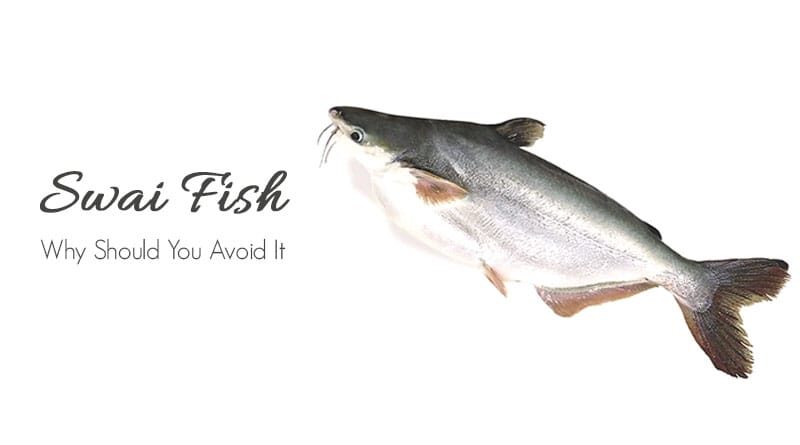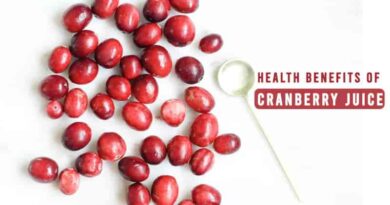Swai Fish: Why You Should Avoid It
Table of Contents
Swai Fish: Why You Should Avoid It for Your Health
Swai fish has gained popularity in the U.S. due to its affordability and mild taste, but many consumers are unaware of the health risks associated with this fish. In this guide, we’ll explore what swai fish is, why swai fish is bad for you, and healthier alternatives you can consider.
What Is Swai Fish?
Swai fish (Pangasianodon hypophthalmus), also known as iridescent shark, striped catfish, basa, or tra, is a freshwater fish native to the rivers of Southeast Asia. It is often mislabeled in the marketplace, leading to confusion among consumers.
Despite its mild flavor and flaky texture, is swai fish healthy? The answer is complex, as it depends on the farming conditions and processing methods used. Most swai fish available in the U.S. is imported from Vietnam, where it is raised in highly industrialized fish farms.
Why Is Swai Fish Bad for You?
Swai fish is mass-produced in factory fish farms, which can lead to several health and environmental concerns. Here’s why you should reconsider consuming swai fish:
1. Poor Farming Conditions & Water Pollution
Swai fish is often raised in overcrowded and unsanitary conditions in the Mekong River, a highly polluted waterway. These farms often use unregulated farming methods, leading to contamination from industrial waste, bacteria, and parasites.
2. Antibiotics & Growth Hormones
To boost production, many fish farmers use antibiotics and growth hormones. The overuse of these substances can lead to antibiotic-resistant bacteria, posing a serious risk to human health. The U.S. has strict regulations on antibiotic use in food production, but many countries exporting swai fish do not follow these standards.
3. Chemical Contamination
Swai fish is often treated with phosphates and other chemicals to retain water and increase its weight. These additives can be harmful when consumed in excess, potentially leading to kidney disease, heart problems, and other health issues.
4. Seafood Fraud & Mislabeling
Swai fish is frequently mislabeled as basa, dory, or even other high-quality fish species. A study by Oceana found that up to 30% of seafood in the U.S. is mislabeled, deceiving consumers into paying more for low-quality fish.
5. High Mercury Levels
Compared to other fish, swai fish may contain higher levels of mercury. According to the FDA, consuming fish with high mercury content can pose health risks, particularly for pregnant women and children.
Nutrition Facts of Swai Fish
A 4-ounce (113-gram) serving of raw swai fish contains:
- Calories: 70
- Protein: 15g
- Fat: 1.5g
- Cholesterol: 45mg
- Sodium: 350mg
- Omega-3 Fatty Acids: 11mg
- Vitamin B12: 19% of the RDI
- Selenium: 26% of the RDI
- Niacin: 14% of the RDI
While swai fish is a source of lean protein, its benefits are overshadowed by health risks due to contamination, farming conditions, and potential chemical exposure.
Healthier Alternatives to Swai Fish
If you want to make healthier seafood choices, consider these eco-certified alternatives:
- Wild-caught salmon – Rich in Omega-3 fatty acids and sustainable.
- Haddock – A lean fish with a mild taste, great for grilling or baking.
- Sole – A low-mercury fish with a delicate texture.
- Tilapia (U.S. farm-raised) – When sourced responsibly, tilapia is a good alternative.
- Trout – High in nutrients and lower in contaminants.
How to Cook Swai Fish (If You Choose to Eat It)
If you still decide to eat swai fish, it’s important to cook it properly to minimize potential health risks. Here are some recommended cooking methods:
- Grilling: Enhances flavor while reducing fat.
- Baking: Helps retain nutrients while avoiding added fats.
- Pan-Frying: Use healthy oils like olive or avocado oil.
- Steaming: A healthy method that preserves texture and flavor.
FAQs About Swai Fish
1. Is Swai Fish Healthy?
Swai fish contains some nutritional benefits, but due to contamination risks, antibiotics, and chemicals used in farming, it is not the healthiest seafood choice.
2. Is Vietnamese Swai Fish Safe to Eat?
Swai fish from Vietnam is often raised in polluted waters with poor regulations. If you choose to eat it, look for eco-certified brands to ensure better quality.
3. What Fish Is Similar to Swai?
Basa, tilapia, and catfish are often mistaken for swai fish. If you want a healthier alternative, opt for wild-caught fish like salmon, haddock, or sole.
4. Should You Avoid Swai Fish?
Given the health risks and environmental concerns, it’s best to avoid swai fish and choose cleaner, sustainably sourced seafood options.
Conclusion
Swai fish may be an affordable seafood option, but the potential health risks outweigh its benefits. From polluted farming conditions to antibiotic use and chemical contamination, there are many reasons why swai fish is bad for you. If you’re looking for a healthier diet, consider choosing sustainably sourced seafood that is free from harmful additives and pollutants.
For a better seafood choice, always look for eco-certified and sustainably farmed fish options.
Sources:
- U.S. Food and Drug Administration (FDA)
- Environmental Protection Agency (EPA)
- Oceana Seafood Fraud Report
By making informed seafood choices, you can protect your health and support sustainable fishing practices. 🐟
Recommended Articles:
Foods That Can Damage Your Teeth




